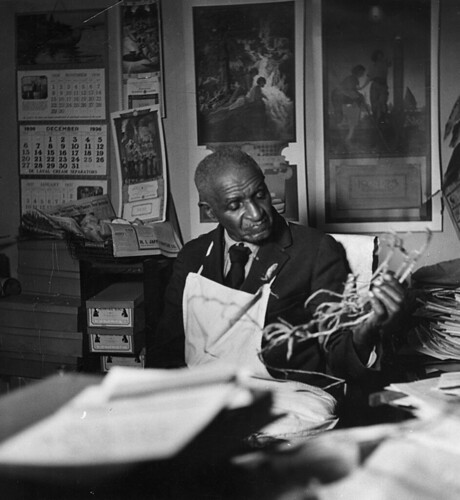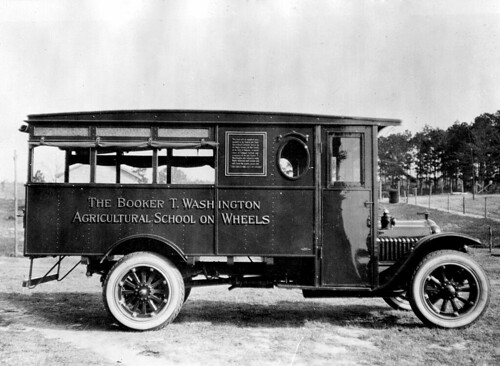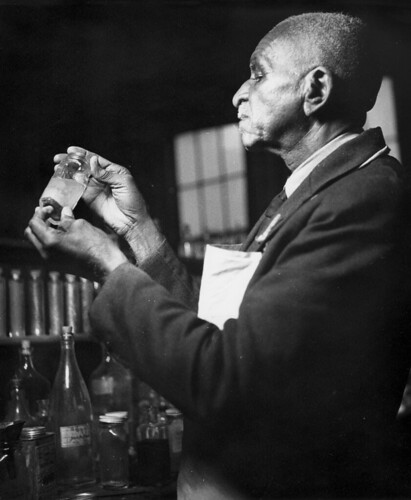
The author of the Act that created land-grant colleges, Congressman Justin Smith Morrill of Strafford, Vermont, had been disappointed that such educational institutions were out of reach for African-Americans. Almost 30 years after President Abraham Lincoln signed the Morrill Act of 1862, the Second Morrill Act, creating our nation’s historically black land-grant colleges, was successfully shepherded through Congress by then Senator Morrill and signed into law on Aug. 30, 1890.
Today, 1890 land-grant universities (LGU) are a thriving network of 19 universities with a legacy of educating first-generation and economically disadvantaged college students; enhancing the resilience of limited-resourced farmers, families, individuals, and underserved communities; and conducting cutting-edge research to generate new knowledge and solutions to address local, regional, and global challenges.
One of America’s greatest scientists, George Washington Carver, did much of his ground-breaking research at an 1890 LGU, Tuskegee University. Born into slavery, Carver graduated as the first black student from an 1862 LGU, Iowa State Agricultural College (now Iowa State University). Carver’s work with peanuts, soybeans, and sweet potatoes replenished nitrogen to the exhausted and eroded farmland, provided protein to area residents, and added economic vitality to region. Before Carver’s work, peanuts had not even been classified as a crop; within 50 years it was the nation’s sixth largest cash crop. In addition to creating 300 derivatives from peanuts, Carver was a pioneer of extension education; he developed the “Jesup Wagon,” a mobile classroom, to teach farmers best practices for growing, harvesting, processing, and storing food.

Like Carver, thousands of scientists at America’s 1890 LGUs are undertaking user-inspired, cutting edge science that is transforming lives across our nation and around the globe. Some recent examples of transformative NIFA-funded projects include:
- A team of researchers at Missouri’s Lincoln University developed cost-effective water treatment for small water systems. Their methods remove dissolved organic carbons that are of major concern to human and environmental health.
- At Delaware State University, researchers are using molecular genetics techniques to better understand the resistance and susceptibility traits of bean rust, a fungal pathogen that is devastating to the $1.2 billion U.S. common bean crop.
- Researchers at Fort Valley State University in Georgia are working to introduce a beneficial gene to alfalfa. If successful, transgenic alfalfa could be used as an edible vaccine to combat cholera, one of the top three diseases listed by the World Health Organization.
After 127 years of experience and diversity in agricultural research, education, and extension, our 1890 LGUs are poised to develop leadership and human capital for our nation’s preeminence in the 21st century. That is not a bad legacy for the seminal ideas Justin Smith Morrill articulated in the 19th century.
Happy Birthday, 1890 land-grant universities!
NIFA invests in and advances agricultural research, education and extension and seeks to make transformative discoveries that solve societal challenges.

